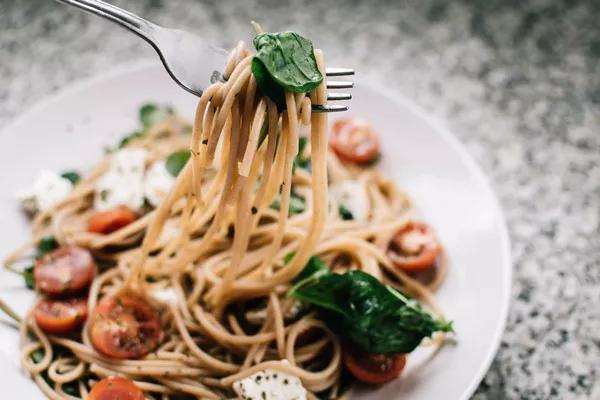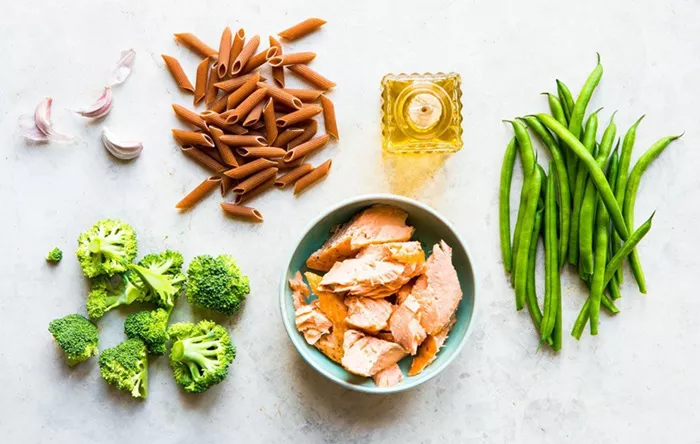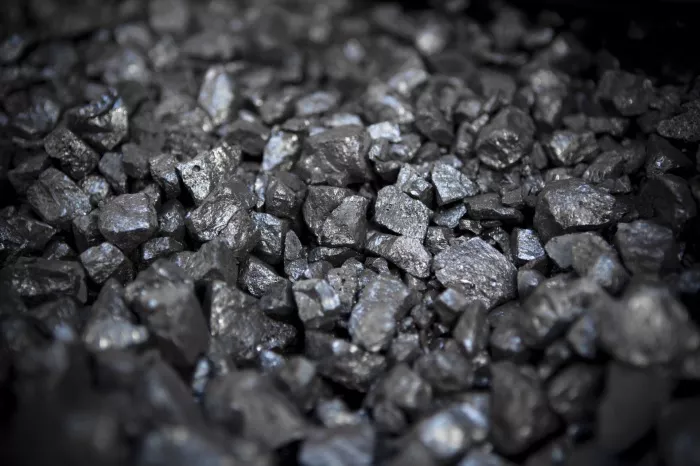Keloids, raised and often unsightly scars that extend beyond the original wound, can be a source of physical discomfort and emotional distress for many individuals. Understanding the factors that contribute to their worsening is paramount in developing effective management strategies. In this comprehensive article, we delve into the intricacies of what makes keloids worse and shed light on this challenging condition.
[inline_related_posts title=”SEE ALSO” title_align=”left” style=”list” number=”3″ align=”none” ids=”1717,1660,1592″ by=”categories” orderby=”rand” order=”DESC” hide_thumb=”no” thumb_right=”no” views=”no” date=”yes” grid_columns=”1″ post_type=”” tax=””]
Understanding Keloids: Origins and Characteristics
Keloids are an exaggerated response of the skin’s healing process to injury, surgery, burns, or even minor irritations like acne scars. Unlike typical scars, keloids extend beyond the boundaries of the original wound, forming a raised, often smooth and shiny growth. These growths are primarily composed of collagen, the protein responsible for the skin’s structure.
1. Genetic Predisposition
A significant portion of what makes keloids worse lies in an individual’s genetic makeup. Genetic predisposition plays a crucial role in keloid formation and progression. If a family member has a history of keloids, you might be more susceptible to developing them as well. Research suggests that specific genes related to collagen production and inflammation regulation might contribute to this predisposition.
2. Ethnic and Skin Type Variations
Ethnicity and skin type can influence keloid development. Individuals with darker skin tones, particularly those of African, Asian, or Hispanic descent, are more prone to keloids. The genetic and physiological differences in these skin types might result in an exaggerated response to skin injury, leading to keloid formation.
3. Wound Characteristics
The severity of the initial wound or injury plays a role in keloid formation. Deep wounds, surgical incisions, or injuries that take longer to heal can increase the risk of keloid development. Inflammation and tension at the wound site might also contribute to the formation of keloids.
Aggravating Factors for Keloids
Keloids, characterized by their raised and often excessive growth beyond the original wound, can be challenging to manage due to various factors that exacerbate their development. Understanding these aggravating factors is crucial for individuals dealing with keloids, as well as healthcare professionals aiming to provide effective guidance and treatment. Here, we delve deeper into the factors that contribute to making keloids worse.
1. Trauma and Irritation
Continuous trauma or irritation to a keloid can significantly worsen its appearance and growth. Keloids are known to be sensitive and prone to irritation. Any form of rubbing, scratching, or friction can lead to increased inflammation in the keloid area. Tight clothing that constantly rubs against a keloid, for instance, can intensify irritation and result in the expansion of the keloid’s size.
2. Infections and Inflammation
Infections are not only a concern due to their impact on health but also because they can significantly worsen keloids. An infected keloid can become more inflamed and swollen, leading to increased collagen production and potentially causing the keloid to become larger. Keloids that are already sensitive and reactive can respond dramatically to infections, making proper wound care and hygiene essential.
3. Surgical Interventions
Surgeries performed on or near existing keloids can sometimes lead to the formation of even larger keloids. The invasive nature of surgery can trigger the body’s healing response, prompting the overproduction of collagen and causing the keloid to expand beyond the surgical site. This phenomenon, known as “keloid excision,” underscores the importance of careful planning and follow-up care when considering surgical interventions.
4. Hormonal Changes
Hormonal changes in the body, particularly those associated with pregnancy or puberty, can affect keloids. During pregnancy, for instance, hormonal fluctuations can stimulate collagen production, potentially leading to the growth of existing keloids. It’s important for individuals who are predisposed to keloids and experience hormonal changes to be vigilant and consider preventive measures if necessary.
5. Radiation Exposure
Radiation therapy used for cancer treatment can induce keloid formation in certain individuals. Radiation triggers inflammation and scar tissue formation, which can lead to keloid development. Those with a history of keloids should inform their healthcare provider about their susceptibility before undergoing radiation therapy.
6. Cosmetic Procedures
Certain cosmetic procedures, including dermal fillers and tattooing, can trigger keloid formation, especially if performed on keloid-prone individuals. The introduction of foreign substances and trauma caused by the procedures can lead to the body’s exaggerated healing response, resulting in keloid growth.
Lifestyle and Environmental Considerations for Keloids
Keloids, the raised and often bothersome scars that extend beyond the original wound, are influenced not only by genetic factors but also by lifestyle and environmental elements. While keloids might not be entirely preventable, understanding how lifestyle choices and environmental factors can impact their development and management is essential. In this article, we delve into the role of lifestyle and environmental considerations in keloid formation and explore strategies for optimizing their management.
1. Sun Exposure
Sun exposure, particularly to ultraviolet (UV) radiation, can worsen keloids. UV radiation can trigger the overproduction of melanin within the keloid, causing it to become darker and more noticeable. Moreover, UV radiation can compromise the integrity of the skin and exacerbate inflammation, potentially leading to more aggressive keloid growth.
Strategies for Sun Protection:
Sunscreen: Regularly apply broad-spectrum sunscreen with a high sun protection factor (SPF) to the area with keloids, even when it’s not sunny. Opt for a physical sunscreen containing zinc oxide or titanium dioxide, as these ingredients offer better protection for sensitive skin.
Protective Clothing: Wear protective clothing, such as long sleeves and wide-brimmed hats, to shield the keloid-prone area from direct sunlight.
Seek Shade: Limit time spent in direct sunlight, especially during peak UV hours.
2. Tobacco and Smoking
Smoking and tobacco use have a detrimental effect on wound healing and tissue repair. Nicotine and other toxic components in tobacco can constrict blood vessels, reducing blood flow to the skin. This compromised blood supply impairs the skin’s ability to heal and regenerate, which can potentially worsen keloids.
Strategies for Quitting Smoking:
Support Programs: Seek professional assistance through smoking cessation programs, support groups, or counseling.
Nicotine Replacement Therapy: Consider using nicotine replacement therapies like patches, gum, or lozenges to gradually reduce nicotine intake.
3. Nutrition and Hydration
Proper nutrition and hydration are fundamental to overall skin health and healing. Adequate nutrient intake supports collagen production, tissue repair, and immune function, all of which play a role in keloid management.
Strategies for a Healthy Diet:
Vitamins and Minerals: Consume a balanced diet rich in vitamins A, C, and E, as well as zinc and antioxidants. These nutrients contribute to collagen synthesis and skin health.
Hydration: Drink plenty of water to maintain skin hydration and support wound healing.
4. Stress and Mental Health
Psychological stress can impact the body’s immune response and wound healing processes. Stress-induced changes in hormones and immune function might contribute to inflammation and potentially influence keloid growth.
Strategies for Stress Management:
Mindfulness and Relaxation: Engage in mindfulness meditation, deep breathing exercises, yoga, or other relaxation techniques to manage stress.
Support Systems: Seek emotional support from friends, family, or mental health professionals to address stress and its impact on keloids.
5. Cosmetic Products and Irritants
Harsh cosmetic products and skin irritants can worsen keloids by causing inflammation and irritation at the site. Strong chemical ingredients can disrupt the skin barrier and make it more susceptible to keloid formation.
Strategies for Skin Care:
Gentle Products: Use mild and hypoallergenic skin care products that are free of harsh chemicals and fragrances.
Patch Testing: Before using a new product, perform a patch test on a small area of skin to check for any adverse reactions.
6. Environmental Allergens
Exposure to environmental allergens, such as pollen, dust mites, and pet dander, can trigger inflammation and immune responses that might affect keloid development.
Strategies for Allergen Avoidance:
Allergen-Proofing: Implement measures to reduce exposure to allergens, such as using air purifiers, cleaning regularly, and maintaining proper indoor humidity levels.
Personal Hygiene: After outdoor activities, shower and change clothes to remove potential allergens from the skin.
SEE ALSO: Why My Scars Won’t Heal: A Complete Analysis
Conclusion
Keloids remain a challenging dermatological condition that can cause physical discomfort and emotional distress. While their complete prevention might be difficult, knowing the factors that contribute to their aggravation is essential for effective management. A comprehensive approach that combines medical interventions, lifestyle adjustments, and proper wound care can significantly improve keloid appearance and minimize their impact on individuals’ lives. As research continues to advance, the hope is that more targeted and innovative treatments will emerge, further enhancing the management of keloids.
[inline_related_posts title=”Related Topics” title_align=”left” style=”list” number=”3″ align=”none” ids=”1793,1758,1720″ by=”categories” orderby=”rand” order=”DESC” hide_thumb=”no” thumb_right=”no” views=”no” date=”yes” grid_columns=”1″ post_type=”” tax=””]





























